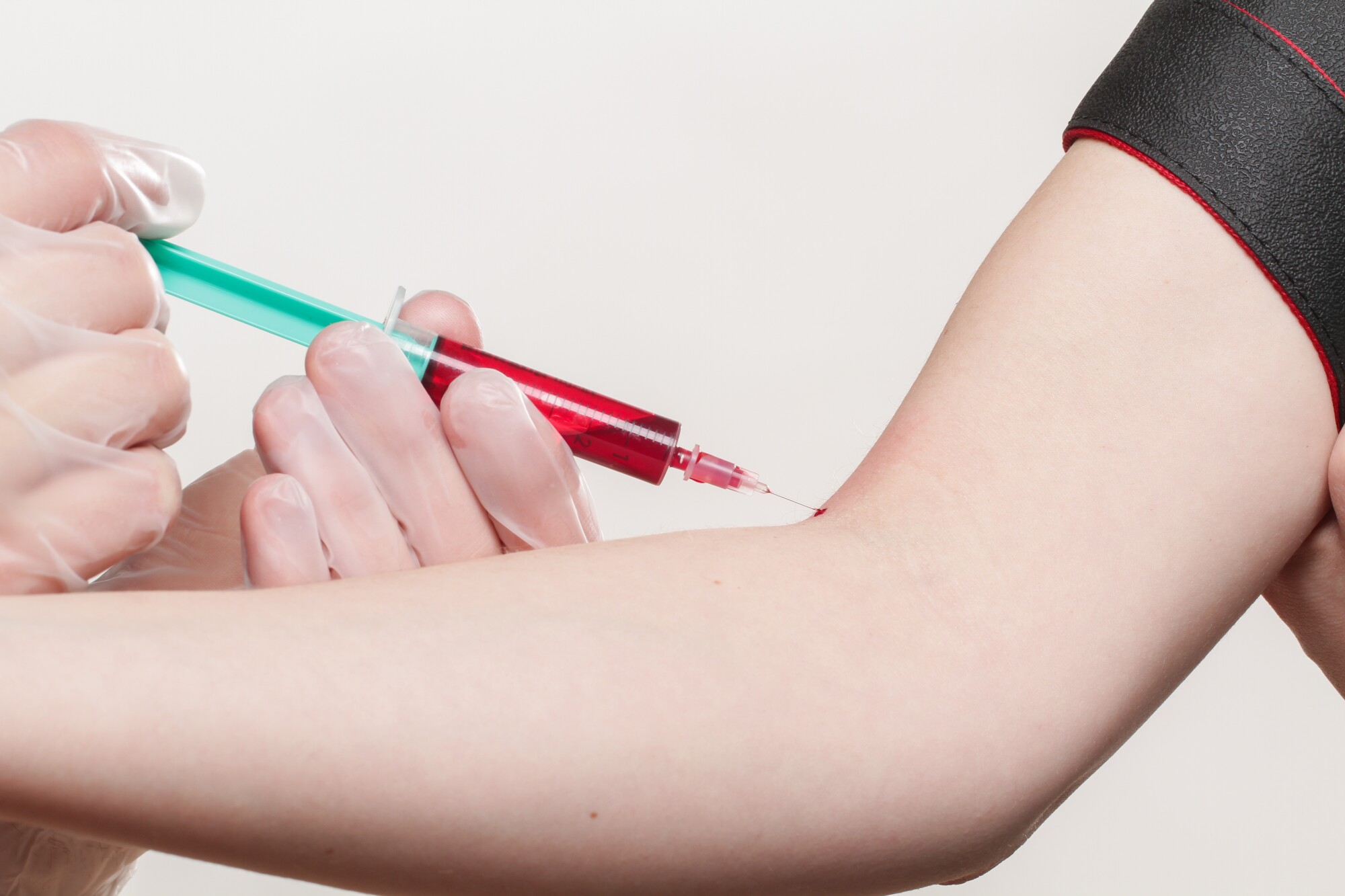The Best Guide To Northeast Medical Institute - New Haven Campus Phlebotomy Course & Cna Class
The Best Guide To Northeast Medical Institute - New Haven Campus Phlebotomy Course & Cna Class
Blog Article
Northeast Medical Institute - New Haven Campus Phlebotomy Course & Cna Class Fundamentals Explained
Table of ContentsAll about Northeast Medical Institute - New Haven Campus Phlebotomy Course & Cna ClassExamine This Report about Northeast Medical Institute - New Haven Campus Phlebotomy Course & Cna ClassNortheast Medical Institute - New Haven Campus Phlebotomy Course & Cna Class Things To Know Before You Get ThisSome Known Facts About Northeast Medical Institute - New Haven Campus Phlebotomy Course & Cna Class.Excitement About Northeast Medical Institute - New Haven Campus Phlebotomy Course & Cna ClassThe Best Strategy To Use For Northeast Medical Institute - New Haven Campus Phlebotomy Course & Cna Class
The use of such devices must be gone along with by other infection prevention and control practices, and training in their use. Not all security devices are appropriate to phlebotomy. Before choosing a safety-engineered device, individuals ought to completely examine offered devices to determine their appropriate use, compatibility with existing phlebotomy practices, and efficiency in protecting team and people (12, 33).For settings with reduced resources, cost is a motoring element in purchase of safety-engineered devices - PCT Training. Where safety-engineered devices are not readily available, knowledgeable use of a needle and syringe is acceptable. Unintended direct exposure and details info regarding an occurrence must be taped in a register. Support services should be advertised for those who undertake unintentional direct exposure.
One of the necessary pens of high quality of care in phlebotomy is the participation and cooperation of the client; this is equally useful to both the health worker and the client. Clear info either written or verbal need to be readily available to every client that undergoes phlebotomy. Annex F provides sample text for describing the blood-sampling procedure to a patient. In the blood-sampling room for an outpatient division or facility, give a comfortable reclining sofa with an arm rest.
More About Northeast Medical Institute - New Haven Campus Phlebotomy Course & Cna Class
Guarantee that the indications for blood tasting are clearly specified, either in a composed protocol or in recorded instructions (e.g. in a research laboratory type). In all times, adhere to the strategies for infection avoidance and control listed in Table 2.2. Infection prevention and control techniques. Accumulate all the devices required for the procedure and place it within safe and easy reach on a tray or cart, making sure that all the things are plainly noticeable.
Where the client is adult and mindful, adhere to the steps described below. Introduce yourself to the individual, and ask the patient to mention their complete name. Check that the lab kind matches the client's identification (i.e. match the client's information with the laboratory form, to make certain exact recognition). Ask whether the license has allergic reactions, anxieties or has ever passed out during previous shots or blood attracts.
Make the individual comfy in a supine placement (ideally). Place a tidy paper or towel under the individual's arm. Go over the test to be carried out (see Annex F) and obtain verbal permission. The client has a right to refuse an examination any time prior to the blood tasting, so it is very important to make certain that the patient has comprehended the procedure.
Rumored Buzz on Northeast Medical Institute - New Haven Campus Phlebotomy Course & Cna Class
Extend the client's arm and inspect the antecubital fossa or forearm. Find a blood vessel of a good dimension PCT Courses that is noticeable, straight and clear.
DO NOT insert the needle where capillaries are drawing away, since this boosts the chance of a haematoma. The vein should show up without applying the tourniquet. Situating the vein will assist in establishing the appropriate size of needle. Apply the tourniquet regarding 45 finger widths above the venepuncture site and re-examine the capillary.
Samplings from central lines bring a danger of contamination or incorrect laboratory examination results. It is appropriate, but not excellent, to draw blood samplings when first introducing an in-dwelling venous gadget, prior to linking the cannula to the intravenous fluids.
The Single Strategy To Use For Northeast Medical Institute - New Haven Campus Phlebotomy Course & Cna Class
Failing to allow enough get in touch with time increases the risk of contamination. DO NOT touch the cleansed website; in specific, DO NOT place a finger over the vein to direct the shaft of the subjected needle.
Ask the client to form a fist so the blood vessels are extra noticeable. Go into the blood vessel swiftly at a 30 level angle or much less, and continue to present the needle along the blood vessel at the most convenient angle of access - Phlebotomy Courses. When enough blood has been gathered, release the tourniquet prior to withdrawing the needle
A Biased View of Northeast Medical Institute - New Haven Campus Phlebotomy Course & Cna Class
Withdraw the needle gently and use mild stress to the site with a clean gauze or dry cotton-wool ball. Ask the client to hold the gauze or cotton woollen in position, with the arm expanded and raised. Ask the patient NOT to bend the arm, because doing so triggers a haematoma.

Getting The Northeast Medical Institute - New Haven Campus Phlebotomy Course & Cna Class To Work
Where possible, maintain the tubes in a shelf and move the rack towards you - https://on.soundcloud.com/8PazQwmc1WMN1rsXA. If the example tube does not have a rubber stopper, inject incredibly gradually into the tube as minimizing the stress and velocity used to transfer the specimen decreases the risk of haemolysis.

Report this page